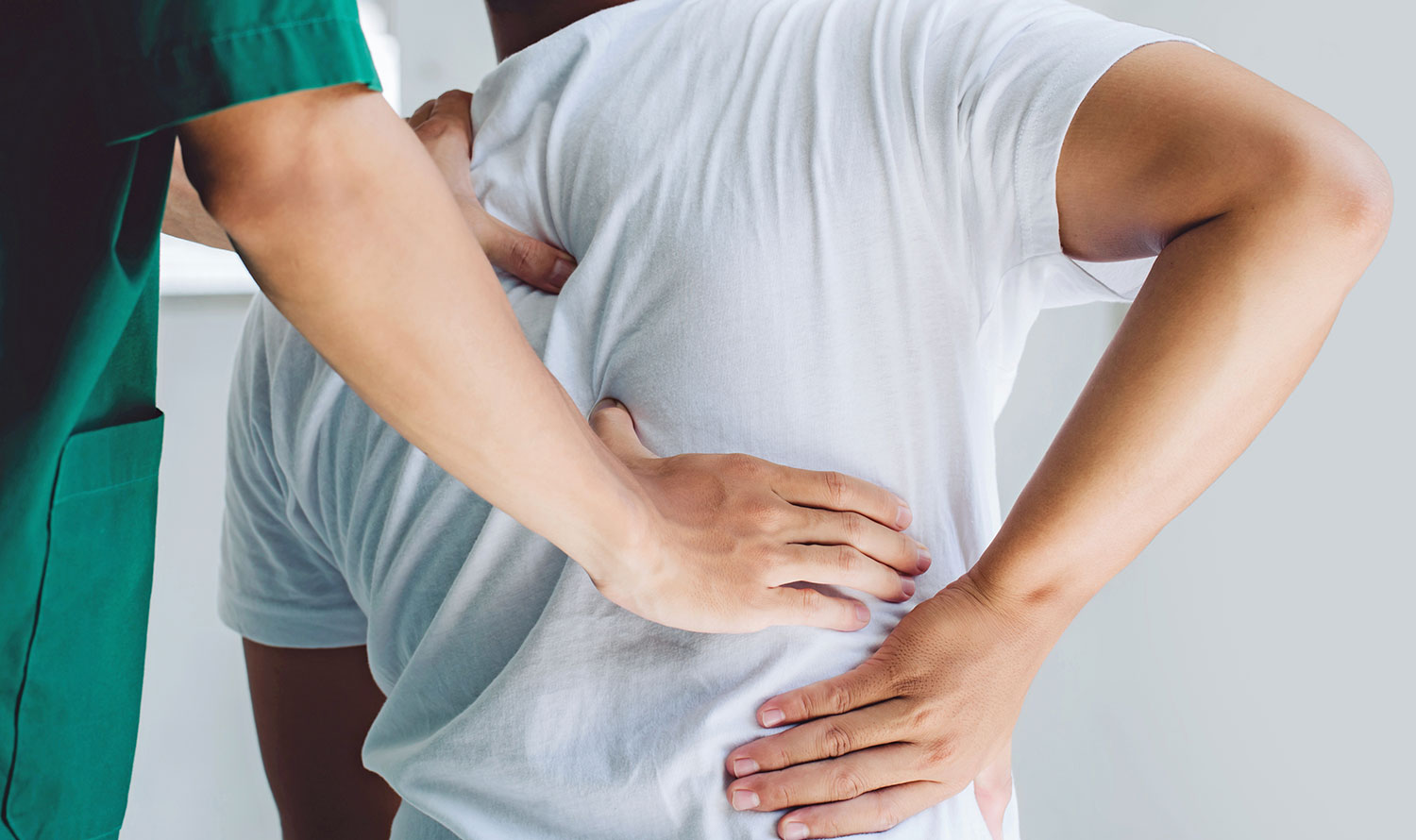Spinal stenosis is a condition wherein are-related spinal degeneration, osteoarthritis, trauma, and other factors can reduce the space within the spinal canal. As the spinal canal narrows, the nerve roots exiting the spinal canal to reach other parts of the body are pinched, compressed, or irritated, leading to nerve radiculopathy. Spinal stenosis may occur because of age-related wear and tear, underlying medical conditions, such as osteoarthritis, or spinal trauma and injuries.
Address Your Spinal Stenosis Early

Spinal Stenosis: Symptoms
Depending on your specific condition, the location and severity of the symptoms of spinal stenosis can vary. Most of the symptoms of spinal stenosis occur because of the compression of the spinal cord (myelopathy) or the nerve roots (radiculopathy). The location of the symptoms depends on whether the affected nerve roots are located at the lumbar, thoracic, or cervical regions of the spine. The symptoms usually worsen with time, so it’s necessary to seek treatment at an early stage.
Symptoms of Cervical Stenosis:
- Mild to severe neck pain
- Radiating pain into the shoulders, arms, hands, and fingers
- Numbness and tingling sensations down the arms
- Loss of mobility and sensation in the hands and arms
- Increased instability and postural problems
Symptoms of Lumbar Stenosis:
- Mild to severe lower back pain
- Radiating pain into the lower back, buttocks, and legs
- Numbness and tingling sensations down the legs
- Symptoms of sciatica, such as shooting pain down the legs
- Inability or difficulty while walking or standing
- Intermittent bouts of leg pain
- Loss of motion and stability
Spinal Stenosis: Causes
The spine is a complex mechanism consisting of 33 vertebrae separated by soft intervertebral discs. The vertebrae are bones that surround and protect the spinal cord. The spinal canal is the hollow space between the spinal cord and vertebrae, through which the nerve roots run towards other parts of the body, transmitting information between the body parts and the spinal cord, which carries information and signals to the brain.
Spinal stenosis occurs when the openings between the vertebrae and the spinal cord are narrowed, thereby reducing the space available for the nerve roots to travel in and out. The spinal canal can be reduced because of numerous factors, such as bone spurs from spinal discs, damaged vertebrae, disc herniation, facet joint arthritis, the loss of flexibility of the ligaments, injuries, and various other factors.

The following are the possible causes of spinal stenosis:
- Facet joint arthritis
- Osteoarthritis
- Spondylolisthesis
- Degenerative disc disease
- Disc herniation
- Osteophytes
- Benign or malignant tumors
- Spinal trauma and injuries
- Congenital factors, such as dwarfism

Spinal Stenosis: Treatments
Dr. Kakoulides thoroughly diagnoses the root cause of spinal stenosis using the most advanced diagnostic tools, such as MRI scans, CT scans, and X-rays. After identifying the root cause of spinal stenosis, he curates a personalized treatment plan. He specializes in minimally invasive spine surgery, and he only recommends complex surgical reconstructions when absolutely necessary.
Contact Dr. George Kakoulides
Dr. George Kakoulides is a board-certified neurosurgeon specializing in minimally invasive spine surgery. He is an incredibly compassionate spine surgeon, and he accompanies his patients through every stage of the journey, from the initial consultation to the recovery. He believes the successful outcome of spine surgery depends on a position experience, so he ensures your journey is convenient and comfortable. Please schedule an appointment to explore your spinal stenosis treatment options in New York.

